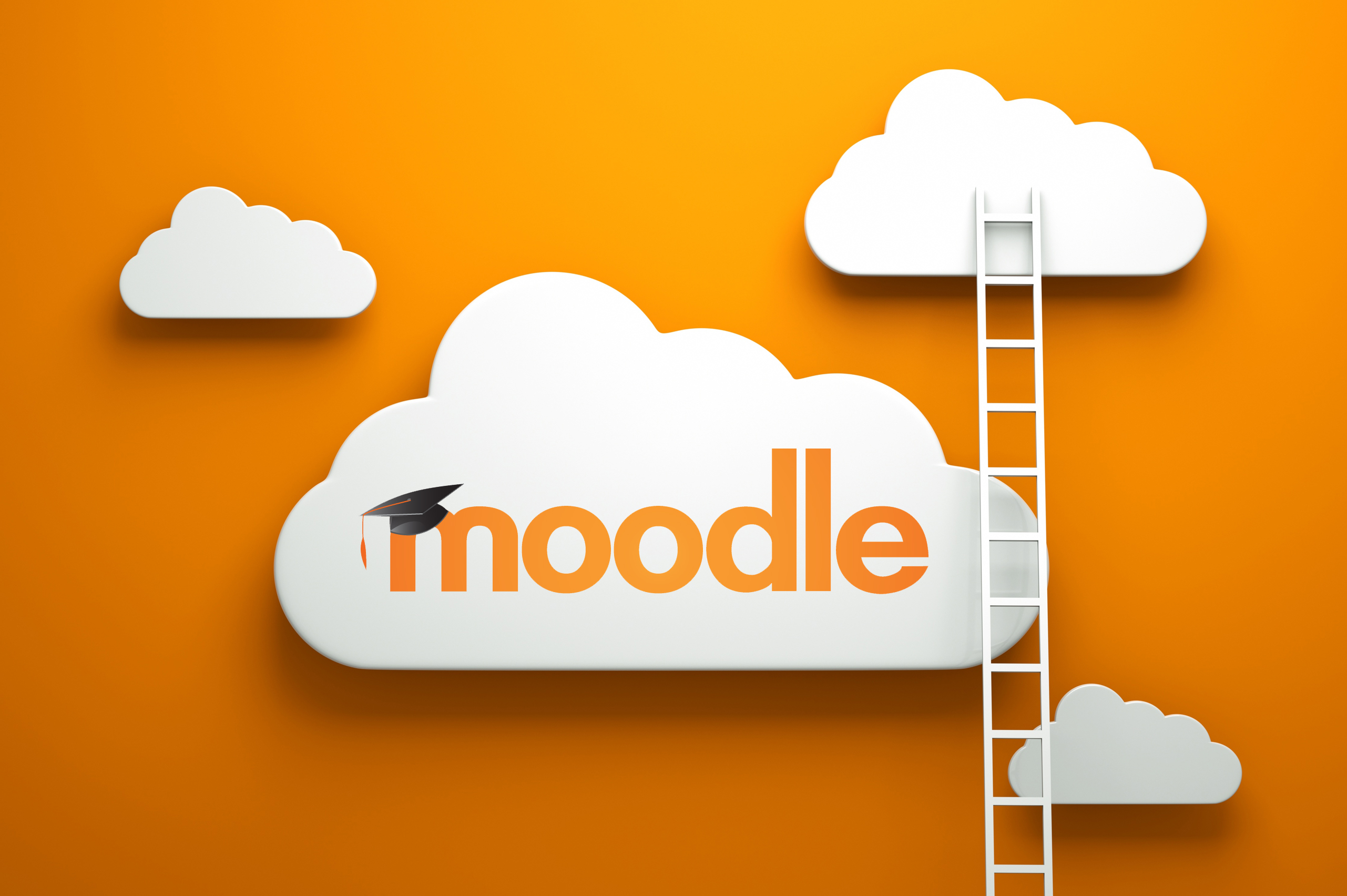The main software tool in e-learning is the learning management system (LMS). It hosts the training materials and monitor the results of work with students. The quality and versatility of implementation of e learning can provide use of special software for developing e-learning materials and courses (Authoring Tool). With its help it is possible to create training packages (often called “e-courses”, though this concept is actually a little wider), which practically does not depend on what LMS is used, and, therefore, can be moved from one LMS to another, and be created for distribution in a variety of ways, including, by way of sale. There are several common formats of teaching materials, but the most popular in the last 10-15 years has received the SCORM format. It allows not only to create a hierarchical structure of the material, but also to monitor the work of the student with the material for detailed reports.

One of the means to create e-courses iSpring Suite has become very popular due to its quality, capabilities, simplicity and affordability. In addition to the program Suite, the company offers LMS and iSpring — iSpring Online, which is offered as a service, i.e. does not require the purchase of their own server resources and attracting it professionals, therefore allows in combination with iSpring Suite quickly and easily “launch” e-learning.
But what if we are talking about organizations that have already chosen LMS, long works with her and is not going to change? Often the choice of educational institutions, especially Universities, stopping on the LMS Moodle (why?).
Moodle allows you to not only post content but also to create them directly in the system itself. However, this approach is not always productive. The relevance of the learning material in Moodle for large jobs with “manual” validation (including workshops, databases, forums) and local cases — exclusively for the educational process. Moodle has a powerful module test, but the test Moodle, and other locally created items, you cannot migrate to another LMS. So when you want to create interactive explanatory and illustrative material, testing, questioning or simulator (i.e., any material, including multimedia, and logical automation), it makes sense to use special tools in separate software tools to do this simply, quickly, attractive, and most importantly — versatile.
In particular, teachers and developers will be comfortable and familiar to use MS PowerPoint, reinforced iSpring Suite plug-in that turns PowerPoint from presentation tools in tool for creating professional e-learning materials. It can be used to create training materials in the form of sets of web pages (slides), videos, and training courses. When working with iSpring Suite, the definition of the format is only the final part of material design, which is an important factor. That is, you immediately develop a versatile material that then can be published in a convenient format, and then publish again, but in a different format, if needed.
Next, we consider the technology of the standard for e-learning sequence: “the Publication of material (in SCORM format)” -> “Placement in LMS (Moodle)” -> “Analysis report on the work of students” (we assume that the design held and the material is already fully developed).

The publication of material
As an example, we’ll take our previously developed material to demonstrate the capabilities of iSpring Suite 8.
After you develop the material using PowerPoint and iSpring Suite, iSpring Suite tab select “Publish”. In the opened window, select left tab “SDO” to publish the material in SCORM format. On the home tab.
Specify the name of the material (presentation) and the folder in which you saved the material.
Select the conversion mode (for details about mode conversion). For maximum compatibility we chose “universal” mode, but you should bear in mind that the file size of the SCORM package in this mode will be more.
Select the option “Create zip archive”. The resulting file can be loaded into Moodle.
Select/customize the player, i.e. “the visual environment” for the presentation: the color of the frame, the buttons to flip through the slides, table of contents, menu of resources and tools. You can use one of the templates or create your style (read more about customizing iSpring player).
Click on the “Training course”.
Select the Type (format) of educational material. Moodle fully supports the SCORM 1.2 format, but the format SCORM 2004 will be played in Moodle without any problems. There is also the possibility to configure Moodle SCORM Cloud service using a special plugin. Moodle also supports AICC, SCORM which is similar to, but less popular.